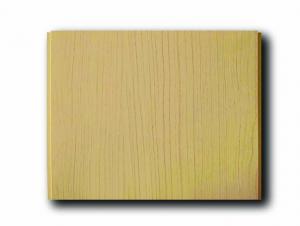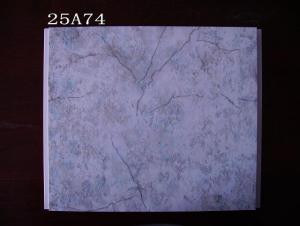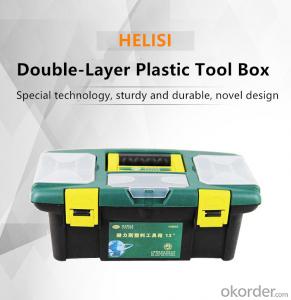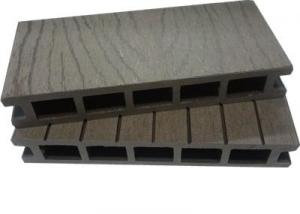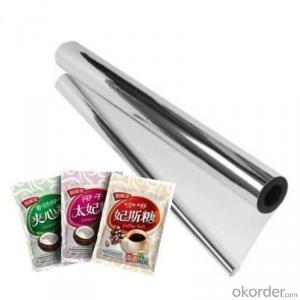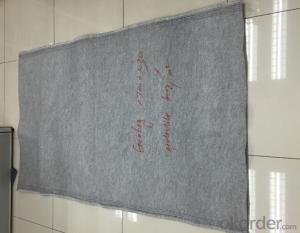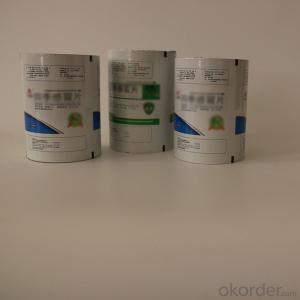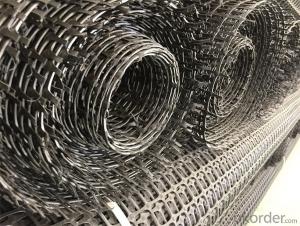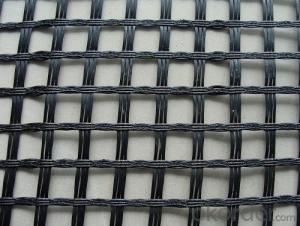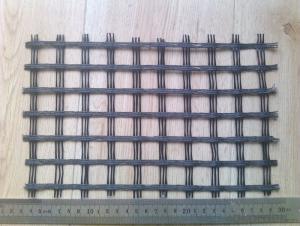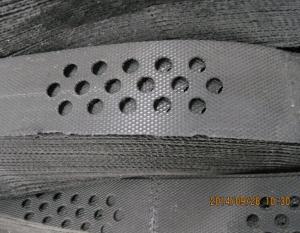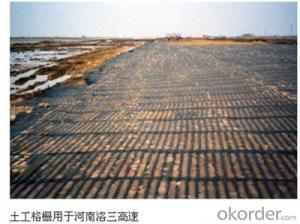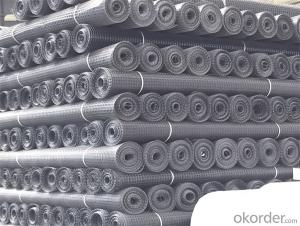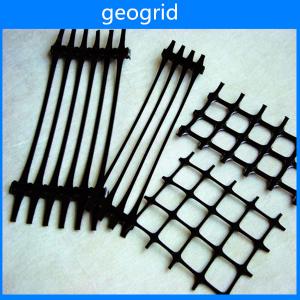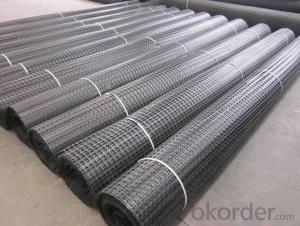Plastic Geogrid
Plastic Geogrid Related Searches
Primer For Galvanized Steel H S Code For Stainless Steel Wd 40 For Stainless Steel Spray Paint For Stainless Steel Drill Bits For Stainless Steel Sponge For Stainless Steel Caulking For Stainless Steel Steel Vessels For Kitchen Best Solar Inverter For Home Led Table Lamps For HomeHot Searches
Steel Mesh Panels For Sale Price For Stainless Steel Scrap Scrap Price For Stainless Steel Cheap High Tea Sets For Sale Stainless Steel Tanks For Sale High Density Fiberboard For Sale Solar Hot Water Collectors For Sale Scaffolding For Sale In Uae Scaffolding For Sale In Ireland Scaffolding For Sale In Houston Type Of Inverter For Solar Price Of Shipping Containers For Sale Stock Price For Aluminum Used Solar Inverter For Sale Portable Led Signs For Sale Stone Hot Water Bottles For Sale Large Led Screens For Sale Used Aluminum Scaffolding For Sale 1/4 Aluminum Plate For Sale Pvc Chairs For SalePlastic Geogrid Supplier & Manufacturer from China
Okorder.com is a professional Plastic Geogrid supplier & manufacturer, offers integrated one-stop services including real-time quoting and online cargo tracking. We are funded by CNBM Group, a Fortune 500 enterprise and the largest Plastic Geogrid firm in China.Hot Products
FAQ
- There are several advantages of using geogrids in flexible pavements. Firstly, geogrids provide increased pavement strength and stability by distributing stress and reinforcing the pavement layers. This helps to prevent cracking and rutting, especially in areas with heavy traffic loads. Secondly, geogrids improve the load-bearing capacity of the pavement, allowing for the use of thinner pavement layers. This reduces construction costs and materials, making it a cost-effective solution. Additionally, geogrids help to control and reduce pavement deformation caused by settlement, expansion, and contraction. This leads to longer pavement lifespan and reduced maintenance requirements. Lastly, geogrids enhance the overall resilience and durability of the pavement, making it more resistant to environmental factors such as temperature variations, moisture, and freeze-thaw cycles. Overall, the use of geogrids in flexible pavements offers numerous benefits in terms of increased strength, improved load-bearing capacity, reduced deformation, and enhanced durability, making it a preferred choice for pavement construction.
- The factors that affect the long-term oxidation resistance of geogrids include the type and quality of polymer used in the geogrid manufacturing, the presence of antioxidants or stabilizers in the polymer, exposure to environmental conditions such as temperature, humidity, and UV radiation, as well as the level of mechanical stress or strain experienced by the geogrid over time.
- Geogrid width mean?
- So width refers to the 1 meters to the value of 6 meters,
- Yes, geogrids are suitable for use in permafrost conditions. Geogrids are made from materials that can withstand extremely cold temperatures and have been designed to provide stability, reinforcement, and prevent soil erosion. They can be an effective solution for reinforcing soils in permafrost areas, helping to mitigate the effects of thawing and preventing ground movement.
- How many inspection batches of Geogrid
- The geogrid is divided into four categories: plastic geogrid, steel plastic geogrid, fiberglass geogrid and polyester warp knitted polyester geogrid
- Yes, geogrids are suitable for coastal engineering projects. They provide effective erosion control, stabilize and reinforce coastal structures, and can withstand harsh coastal conditions. Geogrids help prevent soil erosion, improve slope stability, and enhance drainage, making them an ideal choice for coastal engineering projects.
- How much is a square meter
- 4, geogrid reinforced airport foundation can greatly improve the bearing capacity of the runway, to ensure the safety of aircraft landing5, geogrid can be used for garbage disposal, power plants, ash dam project, coal mine, metallurgy, green, enclosure and other fields6, the construction of soft foundation reinforcement, improve the overall bearing capacity of the foundation
- Yes, geogrids can be used in the reinforcement of bridge approach embankments over soft soils. Geogrids are commonly employed in such applications to enhance the stability and strength of the embankment by distributing the loads and reducing settlement. They provide additional tensile strength and improve the overall performance of the embankment, making it a suitable solution for addressing the challenges posed by soft soils in bridge approach embankments.





